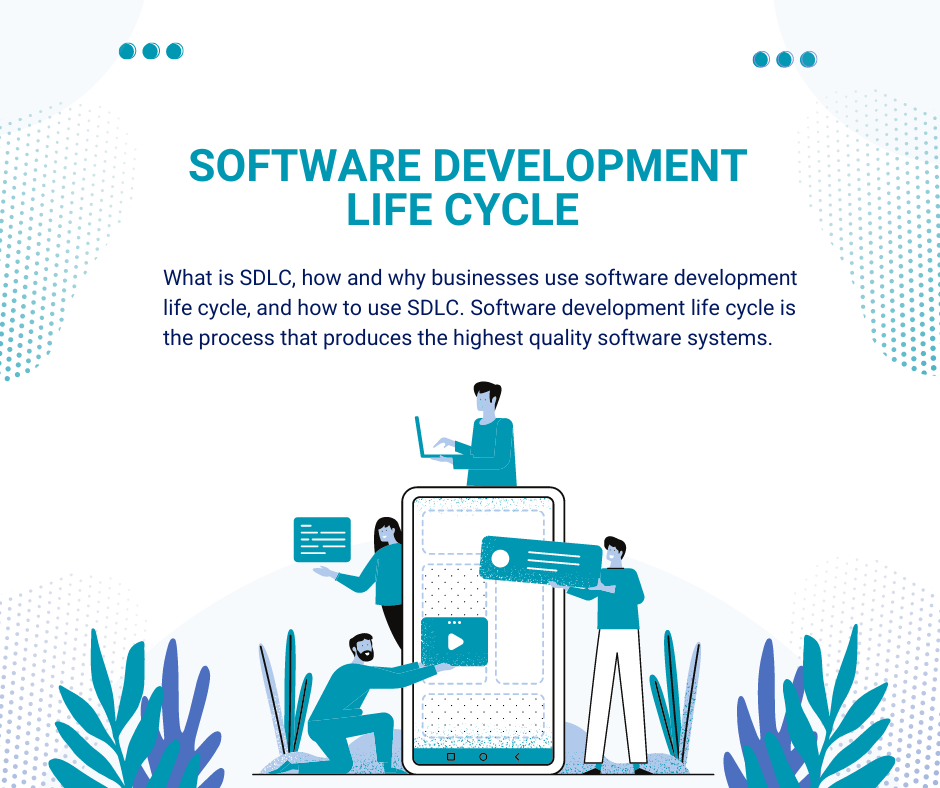When it comes to programming, there are basically two main approaches to managing tasks, synchronous and asynchronous. Learn the differences, benefits & drawbacks between them and improve your development strategy. Curious about the differences between Asynchronous vs Synchronous programming and want to know which approach will be better for you? Let’s explore synchronous and asynchronous programming.
What Is Asynchronous Programming?
In Asynchronous Programming, tasks can be executed in any order depending on the priority of the task. Asynchronous programming is a non-blocking architecture. In this type of programming execution of one task isn’t dependent on another. Users can move to different tasks before the completion of their current task. So with the help of asynchronous operations, you can deal with multiple requests and tasks at the same time.
Asynchronous Programming is often related to the concept of “Parallelization”. It basically means the art of performing independent tasks in parallel. With the help of asynchronous communication, multiple tasks can be performed simultaneously. This type of programming is basically done to enhance user experience. Outcomes can be achieved faster in this type of programming.
What Is Synchronous Programming?
Synchronous Programming is defined as programming in which operations are performed in a step-by-step manner. The tasks are performed one at a time. Synchronous which is sometimes referred to as “sync” is known as a blocking architecture and is ideal for programming reactive systems. In synchronous execution, tasks are performed in proper order.
Synchronized basically means “dependent” or “connected”. So in synchronous operations, the next tasks can only be performed when the current task has been completed. Each task needs to wait for the previous task to finish executing before it can begin. In synchronous communication, while one operation is in process, other operations instructions are blocked. The next task can only be triggered after the completion of the current, and so on.
Read also: Mobile App Development Process: Step-by-Step Guide
8 Key Differences Between Asynchronous vs Synchronous Programming
| Asynchronous Programming | Synchronous Programming |
|---|---|
| Multiple tasks can be executed at the same time | Tasks are performed one at a time |
| Asynchronous Programming is Multi Thread | Synchronous Programming is Single Thread |
| Leads to faster and more responsive applications. Especially when dealing with long-running tasks or tasks that require a lot of resources | Asynchronous Programming is non blocking which means multiple requests can be sent to the server simultaneously |
| Errors do not affect the entire application as tasks are not dependent on each other | Synchronous Programming is blocking. It allows to only send one request at a time to the server and will wait for the response of the server. |
| Requires complex programming techniques | Comparatively requires less complex programming techniques |
| Harder to understand and debug | Easier to understand and debug |
| Comparatively fewer programming techniques are required | An error can cause the entire application to fail as tasks are dependent on each other |
| More complex programming techniques are required. | Comparatively less programming techniques are required |
Pros and Cons Of Asynchronous vs Synchronous Programming
Some of the Pros and Cons of Asynchronous vs Synchronous Programming are as follows:
Pros Of Asynchronous Programming
Pros of Asynchronous Programming are as follows:
- With the help of Asynchronous Programming, multiple tasks of an application can be performed simultaneously. This results in faster and more responsive than synchronous programming
- Easier to scale an application to handle large numbers of users or requests.
- Asynchronous programming allows an application to make better use of available resources.
- Asynchronous programming can be faster than Synchronous Programming as multiple tasks can be performed at the same time.
- With the help of Asynchronous programming user experience can be increased.
- Enables greater levels of concurrency, as multiple tasks can be executed simultaneously.
Cons Of Asynchronous Programming
Cons of Asynchronous Programming are as follows:
- One of the significant drawbacks of Asynchronous Programming is that it is difficult as complex programming techniques are used. It requires multiple tasks to be performed at the same time which makes it difficult to debug.
- Asynchronous programming can lead to race conditions, which occur when two or more tasks try to modify the same resource simultaneously.
- More memory and resources are required to execute multiple tasks simultaneously.
- Can introduce additional overhead in terms of processing time especially when dealing with large number or complex data flow
- Another drawback is that asynchronous programming can lead to callback hell. This occurs when multiple levels of callbacks are nested inside one another. Due to this the code becomes difficult to maintain leading to errors.
- More prone to errors as compared to synchronous programming.
Pros Of Synchronous Programming
Pros of Synchronous Programming are as follows:
- Synchronous Programming is much simpler as compared to asynchronous programming. Each task is performed in a proper manner and in proper steps. This makes it easy to understand.
- In synchronous programming users do not have to store the state of multiple tasks as tasks are performed one by one. Due to this less memory and resources are required.
- The behaviour of applications in synchronous programming is easily predictable. As each task is executed in order it is easy to understand the state of an application at any time.
- Easier to understand and is more efficient as compared to asynchronous programming.
- Programs are easy to debug since the flow of execution is sequential.
Cons Of Synchronous Programming
Cons of Synchronous Programming are as follows:
- One of the major drawbacks is that in the comparison of Asynchronous vs Synchronous Programming, synchronous can be slower. The reason is that the next task can’t be started until the completion of the current task.
- Synchronous programs are trickier to scale, especially for large applications or projects.
- It is challenging to handle input output operations as applications can be blocked while waiting for the input-output operations to complete. This leads to poor user experience.
- Synchronous programs have limited concurrency which makes it difficult to maintain codes.
- Real time applications require fast and consistent response times which is difficult to achieve with synchronous programming
Read Also: How to Choose Mobile App Development Company
Conclusion
To conclude, Asynchronous vs Synchronous Programming are two modes of programming that have their own pros and cons. With asynchronous programming, you can perform multiple tasks simultaneously whereas synchronous programming allows you to execute tasks step by step. synchronous programming is simpler and is best for smaller projects and beginner developers. Error handling is also easy in this mode. Whereas asynchronous programming can improve the scalability, resource utilization, user experience, and fault tolerance of an application. But when choosing between the two, you should consider your app functionalities and then choose the one that is best for you.
FAQs
Q 1. What is asynchronous vs synchronous programming?
Answer: In synchronous programming, tasks are executed one after the other in a sequential manner, with each task waiting for the previous one to finish.
In asynchronous programming, tasks are executed independently, allowing multiple tasks to run simultaneously.
Q 2. Which one is better: asynchronous or synchronous programming?
Answer: It depends on the specific requirements of the application. Asynchronous programming is often better suited for applications that require high levels of concurrency. Whereas synchronous programming is better suited for applications that require real-time or deterministic behaviour, where the order and timing of events are critical.
Q 3. When should I use asynchronous programming?
Answer: Asynchronous programming is typically used when an application needs to perform input output operations or long-running tasks without blocking the execution of other parts of the application.
Q 4. When should I use synchronous programming?
Answer: Synchronous programming can be a good choice for applications that require simpler, more straightforward code and do not require high levels of concurrency.
Q 5. Can asynchronous programming be used for real-time applications?
Answer: Yes, asynchronous programming can be used for real-time applications. Real-time applications require fast and consistent response times, and asynchronous programming can help achieve this goal.
Q 6. How do I implement asynchronous programming in my code?
Answer: To implement asynchronous programming in your code use the following steps:
- Identify the Input/output operations
- Choose a concurrency model
- Implement asynchronous functions
- Handle errors
- Use callbacks
Q 7. What are some common pitfalls of asynchronous programming?
Answer: Some common pitfalls of asynchronous programming are as follows:
- Becomes difficult to read and maintain if there are too many nested callbacks.
- Asynchronous Programming can lead to race conditions.
- Difficult to debug
- Error handling is not an easy task in a synchronization programming
Q 8. How does asynchronous programming help with scalability?
Answer: Asynchronous programming can help with scalability by allowing an application to handle multiple requests concurrently without blocking the main thread or process.
Read More




